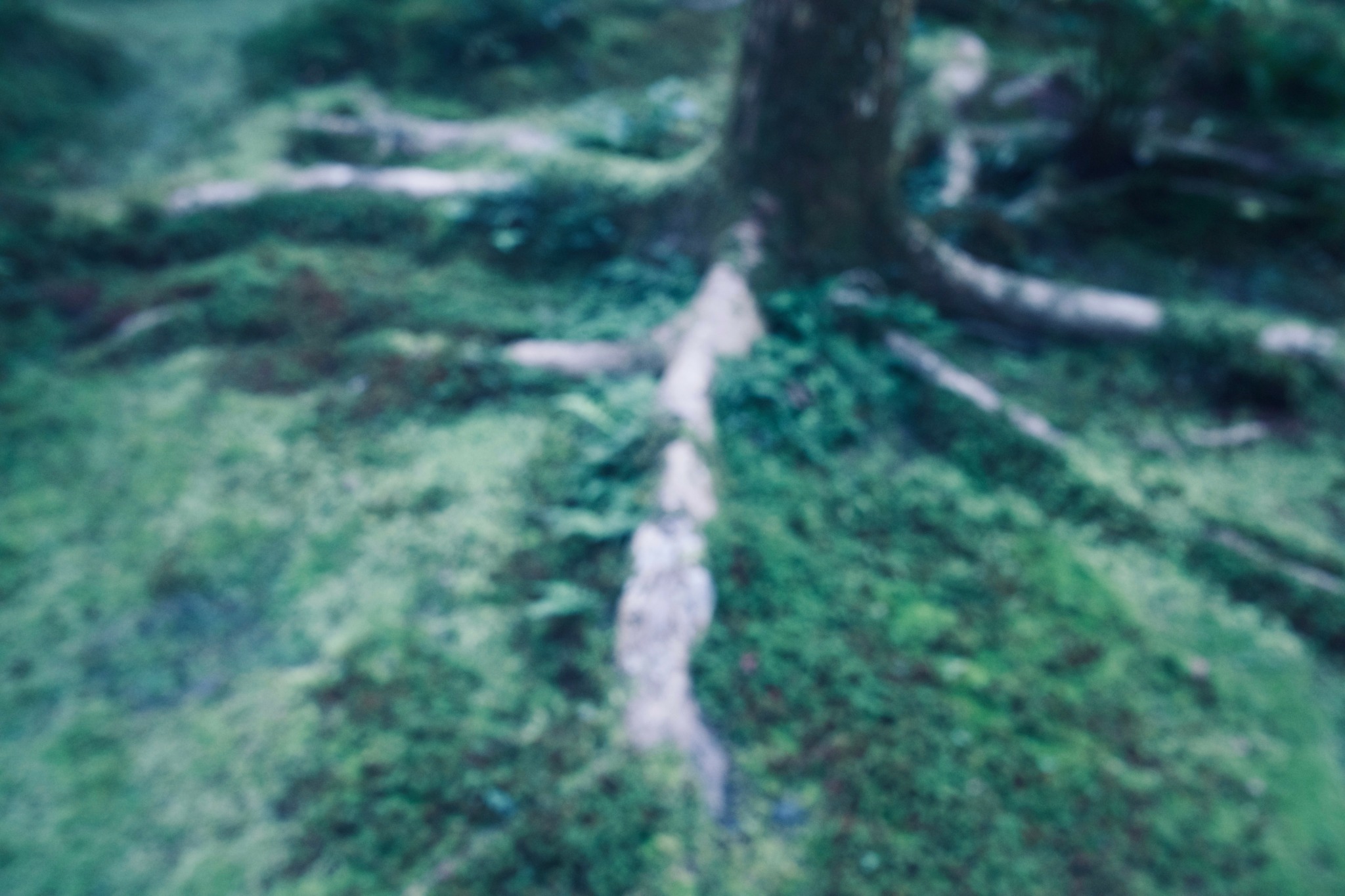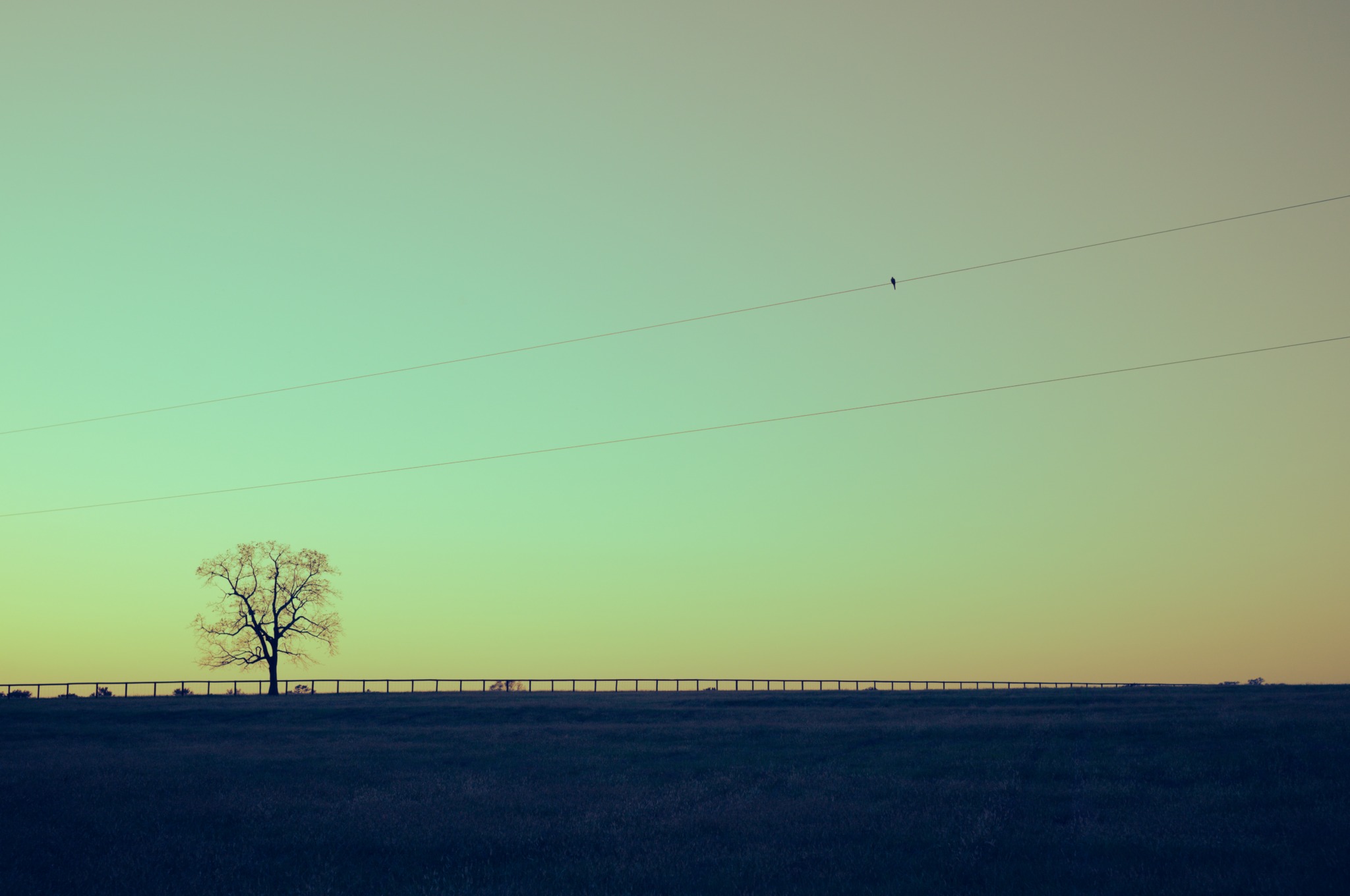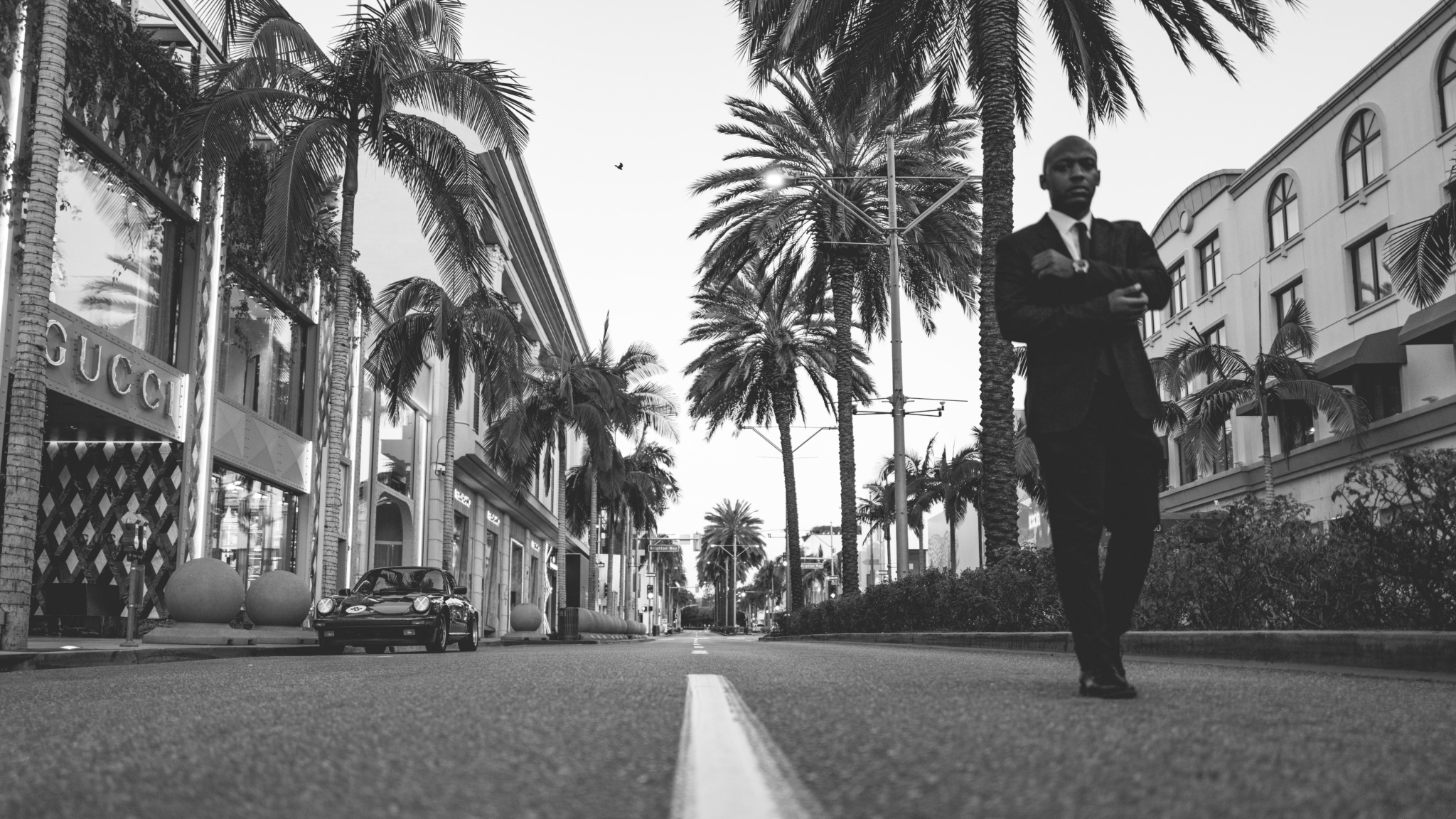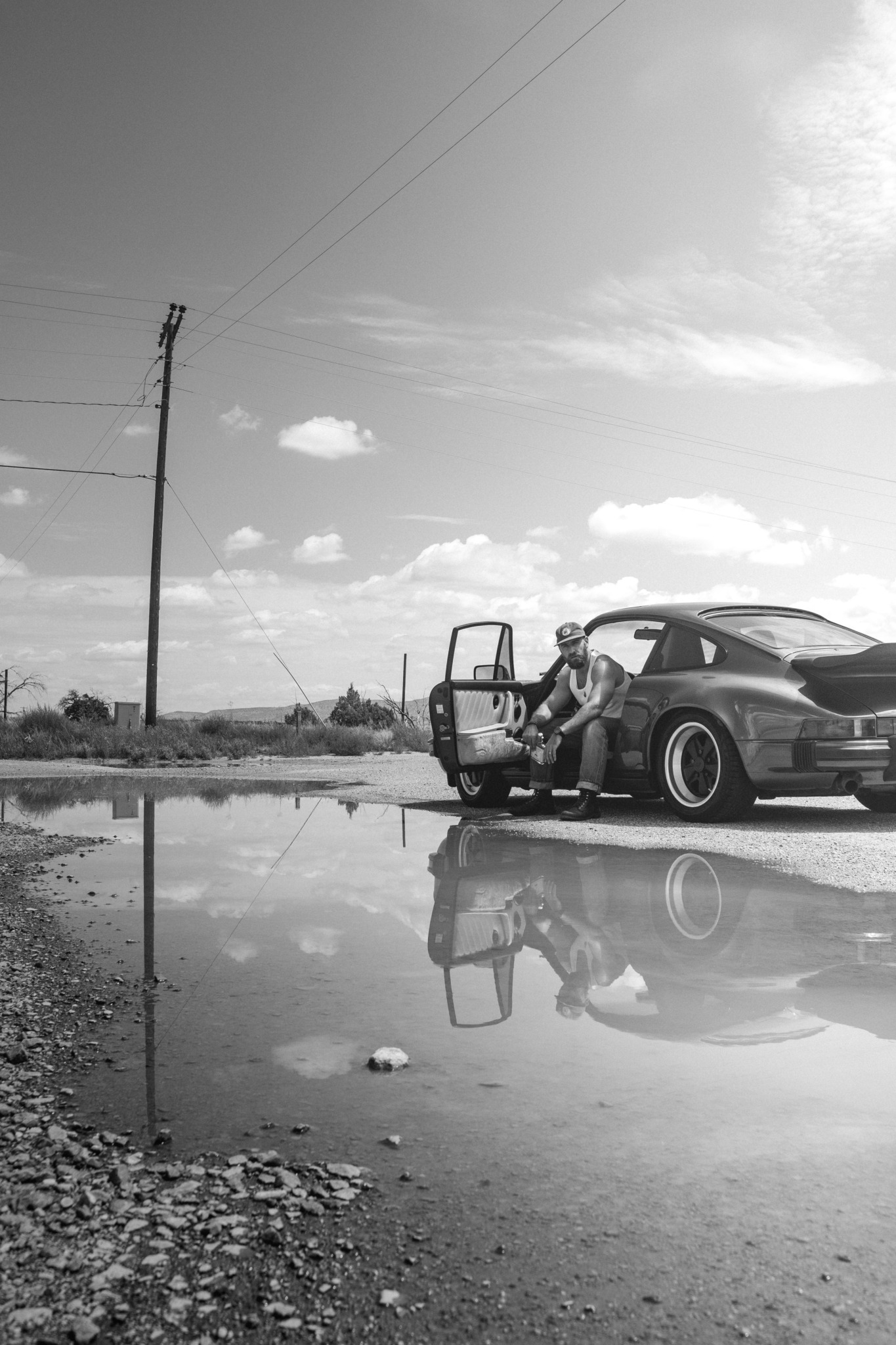We caught up with the brilliant and insightful Brendan McKay a few weeks ago and have shared our conversation below.
Brendan, appreciate you joining us today. So, let’s start with a hypothetical – what would you change about the educational system?
From a professional standpoint, my day job is oriented around investing in many different types of businesses across the US – everything from healthcare products and dental clinics to manufacturing and aerospace and defense companies. It’s extremely rewarding and I get to interact with people from all walks of life who are building interesting things and thinking through how to navigate an increasingly complex growth outlook. Photography is a wonderful creative outlet for me, and I’m lucky that in my spare time I’ve been able to work on some unique and rewarding projects for a number of different clients, as well as focus on my own personal ideas.
I say all of that because I wish there was a greater emphasis on trade schools in our education system, particularly at a young age. Growing up, I was encouraged to focus on academics and pursue a career path that began at a large institution. I, like many of my peers, looked around me and saw that those who were most ‘successful’ were doctors, lawyers, accountants, etc. and those were sort of the options I thought possible, despite really enjoying doing home projects with my father and working with my hands. But things like becoming an electrician, a plumber, a mechanic, an HVAC technician were never really talked about in my education system – if they were, I think there was an unintentional bias away from them.
From an investor standpoint, these skills are sorely needed across the US and the population of people that can do them is quickly shrinking. Not only that, they are wonderful ways to go into business yourself and actually start a company on your own vs. becoming an employee at a firm that’s already been around for 20, 30, 50+ years. I can also say that the path to longterm economic stability is very viable in these trades, whereas that might’ve not been the case 20 years ago.

Brendan, before we move on to more of these sorts of questions, can you take some time to bring our readers up to speed on you and what you do?
I always had an interest in photography from a very young age, and remember taking a few classes during summer camp. The dark room chemicals smelled awful but I loved how you could watch a photo slowly come to life as it moved around in its little tray of developer. I took another class in college, and while my work was nothing special, what I recall most about that period of time was that feeling of exploration I had when I held a camera in my hands – I tended to shut everything else out for a short while and the camera allowed me to become fully present to a moment. Work consumed much of my 20’s and early 30s and it wasn’t until I moved to Los Angeles in 2018 that a flashpoint happened and I decided to spend more of my free time in and around photography.
I’ve always loved how a single photo, or many photos in succession, can tell a story. I compare it to a book vs. a movie – a book will always leave room for ample imagination when the reader builds out scenes and characters in their mind. My idea of a character – their mannerisms, their subtle traits, the things that make the ‘real’ – will always be different than everyone else who reads the same book. And I love that. When I photograph, I end up photographing what I like, but I always want to try to allow for viewer interpretation around the important stuff – the who, the where, the why. I’m most proud whenever I see someone linger over one of my photos during a show. If they stand there and stare for a bit, I know I’ve made an impact. There are some beautiful images by Gordon Parks from the south where, if you look at them long enough, you can begin to hear the cicadas in the back of your mind. THAT is a photograph.
Clients where I’ve had the most success are drawn to that style of shooting I think, which tends to be more narrative and documentary in style than pure product photography or what I would consider fine art. There’s a story that can be layered in to the photos, and the subject, or subjects, is typically counterbalanced with imagery that evokes what it was like to be there. Sometimes it’s almost more about the story than whatever product is trying to be sold thru the imagery (Filson and Sitka Studio do an incredible job of this, neither of whom are clients). One of the most formative books along my journey has been The Photography Storytelling Workshop by Finn Beales – I recommend it to everyone, and anyone who picks it up will understand the power of storytelling thru a photograph.

Can you tell us about what’s worked well for you in terms of growing your clientele?
Honestly, the world of Instagram has taught me so much, and I think a lot of others will be able to relate to this. Without it, I wouldn’t have gotten to where I am today and looking back, I was lucky to begin sharing my work on this platform when it was still a younger (better) version of what it has become today. With the right hashtagging you could ensure your work would be shown to the right people, and I was able to land a few clients that way. The platform has changed a ton, and my biggest takeaway is that it is merely a distribution channel, and one that the supplier (e.g., us creatives) has zero control over – it is constantly in search of ‘newness’ and newness is not conducive to building a differentiated, unique yet stable body of work. Eventually, new just becomes old.
So what to do? The best client development happens in person, like it does in nearly every industry I can think of, particularly in investing. There’s so much trust that has to happen in investing, and you’ll never have every question answered, nor every risk thought of, prior to commiting capital to a deal. You need to trust that people will work together to solve problems as they arise. I think clients for photography and other creative services want the same thing – someone with a unique view, but also someone that understands the practical business implications of the work, which can often mean ‘how do you handle the unknown?’ Conveying all that is best done in person, so get out and network at events, meet ups that cater to what you like to shoot, join photography clubs, go to breakfast with other photographers, etc. – this isn’t too dissimilar from how I network as an investor. Also, invest in your website – you control all of it!
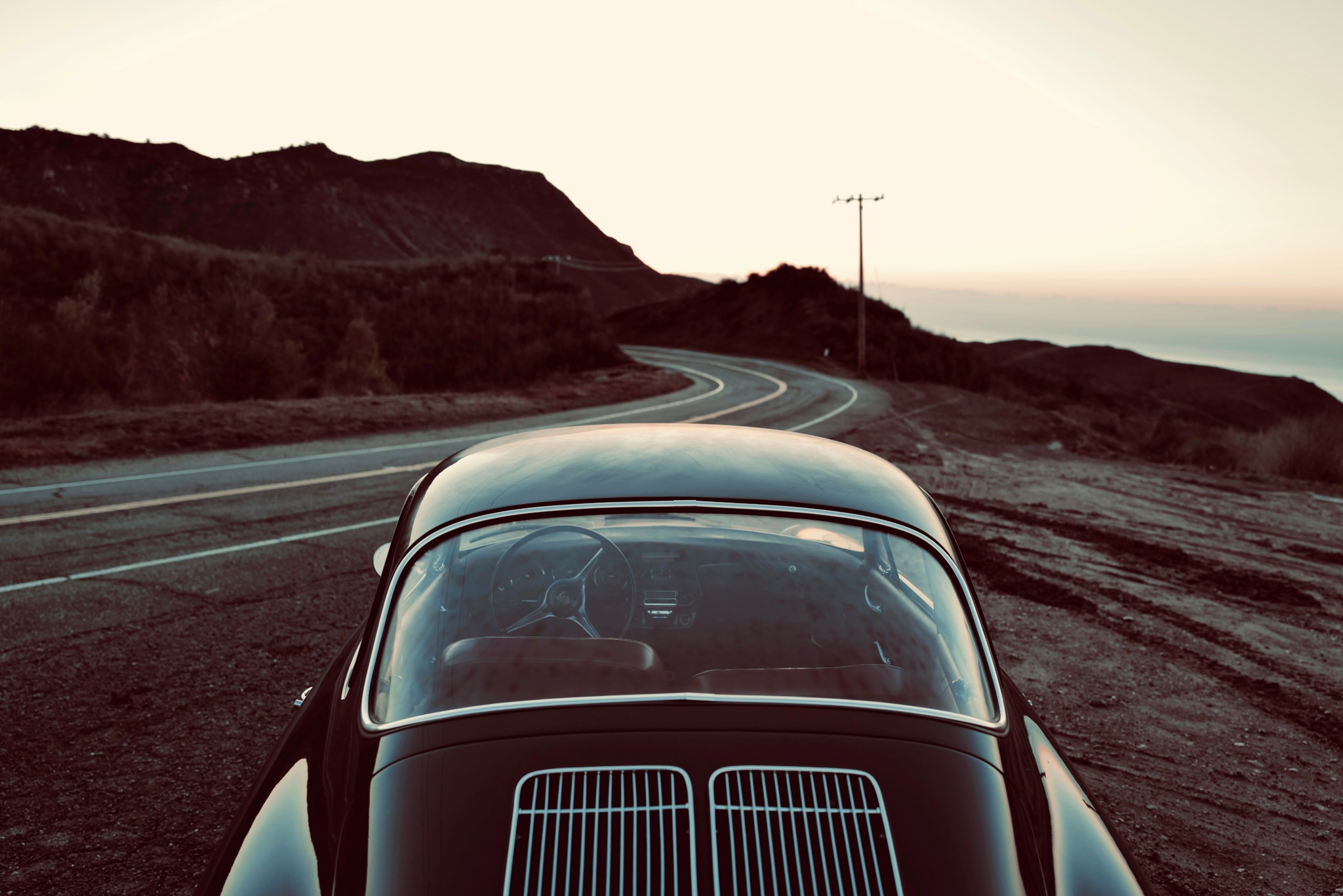
For you, what’s the most rewarding aspect of being a creative?
The most rewarding aspects of this journey are twofold – one, it allows me the ability to truly slow down. Right now I primarily shoot with a rangefinder-style camera, which means no autofocus aids and lenses that can often be pretty finicky. Honestly, it can be a real pain in the ass to take the photograph sometimes, so it forces you to actually invest yourself into the act of doing so. BUT, by nature of that, the photos I do make have much more resonance. I’ve printed a lot of my works and have them framed throughout our home because of the emotion and memories they invoke, and I’d ultimately like to produce a book of work at some point.
The second most rewarding aspect of being a creative is the people it has allowed me to meet – without photography, my world would be much different, and much smaller. I’ve met hundreds of people locally here in LA and across the US, and have even been able to connect with people as far away as Tokyo through the craft. It is a near-universal language, and people who are passionate about it are really fun to be around. New people help you to see differently and think differently, which in and of itself will help to further your advancement of the medium and force you to constantly push your own creative curve.
Contact Info:
- Website: https://www.bgmckay.com/
- Instagram: @b.g.mckay
- Linkedin: https://www.linkedin.com/in/brendan-mckay-5659a08/
